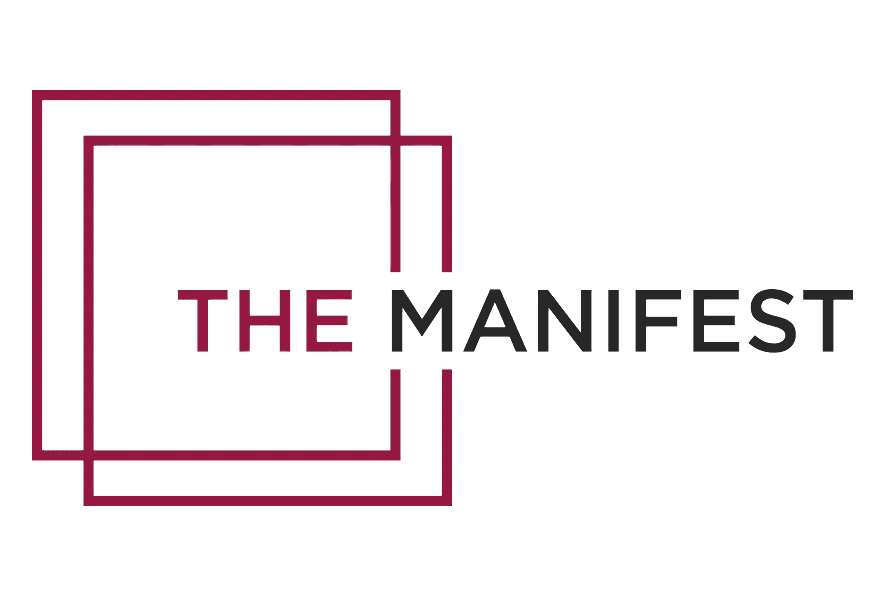A Beginner’s Guide to Agile vs Waterfall: Which One is Right for You?
Agile vs waterfall… They’re two of the most common software development methods, but that doesn’t mean they’re without their fair share of pros and cons. Which one is right for you? Is one better than the other? How do you choose between these two methods when starting a new project? We’ll answer all of those questions – and more – in this article.
We know that reading about all these different software development processes can be a little bit overwhelming and even confusing at times. There are so many terms thrown around that it can be hard to keep track of them all. That’s why we’ve written this beginner’s guide, which will explain everything you need to know about Agile vs Waterfall in clear and simple terms so that you can make an informed decision moving forward.
What is agile?
Agile development is an iterative approach that emphasizes rapid feedback and flexibility to meet changing business requirements and market opportunities. It’s focused on bringing the customer into the development process from the very beginning so that the team has a clear understanding of what their needs are. The aim of Agile is to get feedback from the customer as early as possible so that you can make changes as necessary. The idea behind agile is to produce frequent, incremental releases of the software with the goal of achieving early and continuous delivery of business value. In other words, agile is a way of managing the development process. Agile focuses on the process of how a product is built, not the product itself.
What is Waterfall?
Waterfall is a sequential approach where a project’s phases are outlined and executed one after another. The name “waterfall” comes from the fact that the stages of the project are like a waterfall: once a phase ends, there’s no going back. With this type of method, everything must be perfect before moving on to the next step. Waterfall is often thought of as a dated or “inflexible” approach, as not only does it have specific stages but it also has specific times when each stage of the project must be completed. Unlike agile, which is focused on delivering value early and often, waterfall is focused on delivering the final product as quickly as possible. The idea behind waterfall is to deliver the project on time and on budget. For that, you need to have a very detailed set of expectations and instructions in the beginning, which is usually defined via a product discovery process.
The Pros of Agile Development
If you’re looking for a method that is quick to adopt change and flexible, then Agile is the software development method for you. Here you work closely with your customers throughout the development process. The advantage of this is that you can respond to feedback and pivot as necessary. You can quickly adjust your product as new information is received. This is especially important if you’re creating software that will be used by customers. It is common for customers to have unexpected needs that weren’t taken into account when the product was first designed. With Agile, you can respond quickly by implementing changes, which in turn helps you meet those customer needs.
There are many benefits to using an Agile method in software development
- Better collaboration between team members: Agile teams are generally self-organized, meaning that team members take ownership of their tasks and collaborate more effectively.
- Higher transparency in the organization: Working closely with the customer and providing regular updates promotes transparency throughout the organization, which can help prevent miscommunication.
- More flexible project timelines: Agile methodologies aim to provide a realistic timeline based on the team’s skill set and the customer’s needs. Adjustments can be made as needed without compromising quality.
- Reduced risk of project failure: By providing regular updates to the customer, the risk of a project failing for unexpected reasons is reduced.
The Pros of Waterfall Development
If you’re looking for a method that minimizes risk and is organized, then Waterfall is the software development method for you. Unlike Agile, Waterfall focuses on creating a product that meets all of the customer requirements. This means that the product is designed and created in the most precise way possible, leaving little room for error.
- Clear Visualization of the Project : When everything is documented and visualized, it’s easy for the project team to understand where they are and what they need to do next. Having this clear visualization of the project makes it easier to stay on track, follow timeline, and deliver results on time.
- Easy to Estimate the Project: Because everything is documented and clarified beforehand, it’s easy to estimate the length of the project and how much it will cost. It’s simple to determine how much time each phase is going to take, and what will be implemented in each phase.
- Clear Deliverables – With waterfall, you know what you’re producing. There are step-by-step processes, and you know exactly what each step is going to produce. This means that it’s easier to communicate what you’re doing and what you’re producing with each phase.
The Bottom Line
When it comes down to it, both Agile and Waterfall have their pros and cons. There is no right or wrong choice between the two. It all comes down to what your priorities are and the project you’re working on. Ultimately, the best software development method for your project will depend on your business needs and the type of product you’re creating.
We at Cubicfox help all of our clients to decide which project framework would be best suitable for their needs, and assist them in choosing the right solution and approach to get started.

What is a Technical Specification and why is it important?
Why It’s Essential to Keep Your Website Updated and How to Do It Effectively Today, having a website for your business is not just a luxury; it’s a necessity. Whether you're an eCommerce store, a local service provider, or a blogger, your website is often the first...

Why It’s Essential to Keep Your Website Updated and How to Do It Effectively
Why It’s Essential to Keep Your Website Updated and How to Do It Effectively Today, having a website for your business is not just a luxury; it’s a necessity. Whether you're an eCommerce store, a local service provider, or a blogger, your website is often the first...

The Manifest Recognizes Cubicfox as one of the Most-Reviewed App Developers in Hungary
There are countless new applications that are being introduced each year. It is a competitive industry and if you want your own app to stand out, then you will need a professional team to help turn your ideas into reality! Thankfully, our team at Cubicfox is here to...
